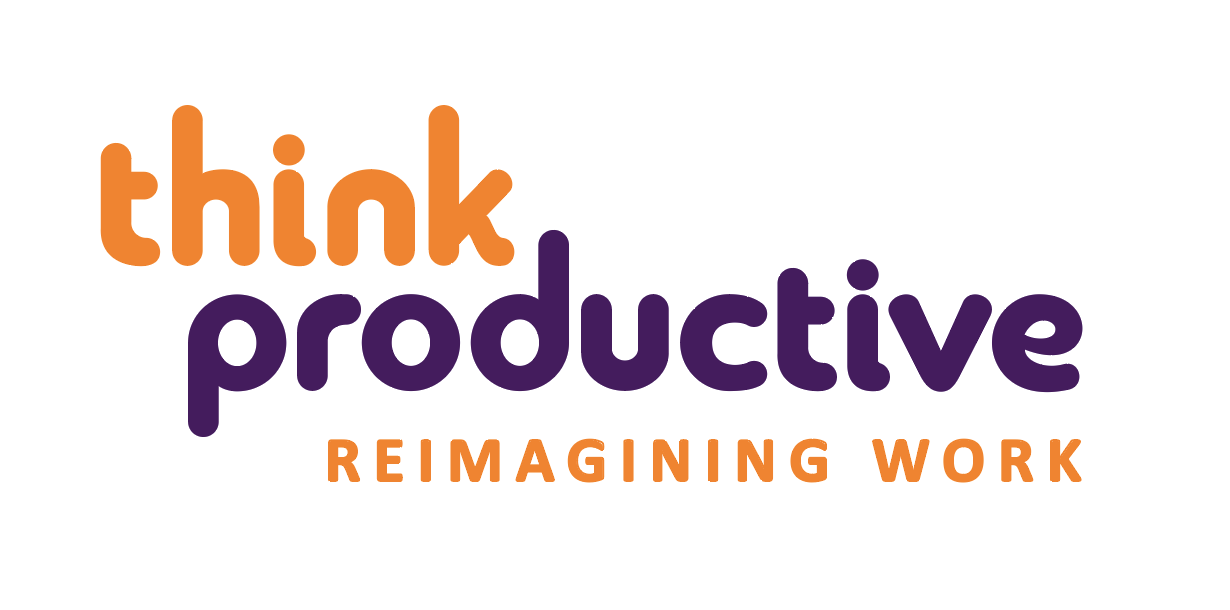Conversations around optimizing workplace productivity have always existed—the only real changes to the conversation are the solutions that business leaders consider to ameliorate the productivity gap. In the past, these solutions often had to do with individual performance (how each team member can operate more efficiently). But today, the conversation has shifted to also include the ways that technology can alleviate workloads, enhance communication and help teams accomplish the same quality of work more quickly.
From completing online learning to automating repetitive tasks, there’s likely a piece of technology that exists to help your team solve whatever they struggle to accomplish. In order to turn your team into an club of productivity ninjas, here are a few ways that technology can bridge the productivity gap and help your organization work more effectively.
Meetings

Nothing is more frustrating than sitting through a poorly-run meeting. Not only do inefficient meetings waste company time and cause confusion, but they also can have expensive repercussions for businesses. In 2019, disorganized meetings could, in total, cost businesses nearly $400 billion in the United States alone.
To help your organization better prepare for meetings, considering using a tool like the Outlook scheduling assistant. This piece of technology helps you easily coordinate meeting times by comparing the personal calendars of all those involved. You can also pair this tool with your meeting rooms to reserve spaces electronically, which helps your business avoid the hassle of overbooking a space. If your team members struggle to familiarize themselves with new pieces of technology, it may also be beneficial to schedule a training course on meeting facilitation skills, many of which include sections on using technology to help meeting organizers make the best use of everyone’s time.
Emails

When it comes to the modern workplace, perhaps no challenge resonates with more people than getting your inbox to zero messages. How do you tackle a wall of messages—all seemingly requiring immediate responses—from your clients, coworkers and contractors? Not only is a full inbox overwhelming to the point of not being able to accomplish anything, but it becomes much easier to lose track of important correspondence.
For those with untameable email inboxes, an inexpensive email management service could make all the difference. Because no one tackles their inbox the same way, these tools offer a variety of services to tailor to your personalized workflow and make your emailing more productive. Some emailing software specializes in organizing and streamlining correspondence—allowing you to prioritize messages and view multiple accounts within a single window—while others include built-in analytics to help you see exactly how you spend your time sending and receiving emails (and how this time could be optimized).
Phone Calls
You may receive fewer phone calls than you do emails, but calls pose their own unique threat to productivity. The rate at which your phone rings tends to fluctuate throughout the day, which can cause significant interruptions in your other work. Unlike an email, phone calls often require immediate attention, especially if a customer is on the other end of the line. And if your team isn’t prepared to handle high call volumes, accomplishing any other tasks will seem an impossible feat.
Cloud contact center software is one example of a tool that businesses wield to efficiently handle incoming calls and develop a more organized method for tracking their customers. Leaders can use this technology to help distribute calls among their team, while those on the line with customers can make use of features like interactive voice response and web callback to help them more effectively serve customer needs.
Time Management
Time management and productivity are two skills every successful business needs to master. These two qualities come as a pair, so if you don’t have one, it’s really not possible to have the other. Because nearly 50% of American adults claim that they don’t have time to accomplish everything that needs to get done, businesses across industries should dedicate their time and energy to ensuring that their workforce has the tools they need to better manage their time (which will, in turn, have the side effect of making them more productive).
If you don’t have the resources to reserve a space outside of the office, an online productivity training course is an ideal alternative. Perfect for companies spread across geographical locations or virtual offices, online trainings give your teams the instruction they need to hone skills like time management with similar levels of connection and engagement when compared to on-site courses. Online classes are often more pragmatic for businesses that can’t afford to send all of their workforce to a seminar at the same time, as many allow individuals to schedule the class at a time that best works for them.
Whether your business struggles with everyday distractions or meeting efficiency, upgrading your technology can have a positive effect. To start improving your business’ productivity and increasing profits, consider using these tips as a launching pad to success.
ABOUT THE AUTHOR
Tamara Benhamton is an industry blog writer with a passion for the people and structures that create successful businesses. She is particularly interested in conversations around workplace productivity and employee engagement, as well as the ways that emerging tools help shape more efficient work cultures.
